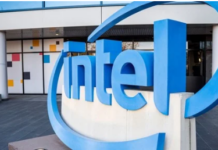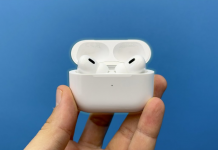A recent advance in artificial intelligence could soon offer an early warning system for people at risk of developing Alzheimer’s symptoms years before they appear. Despite the lack of a definitive cure, early detection of Alzheimer’s could make it possible to take preventive measures and adequately prepare for the onset of the disease.
A joint team from the University of California, San Francisco (UCSF) and Stanford University has applied machine learning methods to more than 5 million medical records, training AI to identify patterns that link Alzheimer’s to other health conditions. The resulting system isn’t perfect, but tested on medical records of people who later developed Alzheimer’s, AI was able to accurately predict the disease in 72 percent of cases, even anticipating it by seven years in some patients.
But how was this possible? AI’s predictive ability comes from its ability to combine analyses of different types of risk to calculate the likelihood of developing Alzheimer’s, so there is a lot of optimism about its use. That’s what biomedical engineer Alice Tang of UCSF thinks.
“This is a first step towards using AI on routine clinical data, not only to identify risk as early as possible, but also to understand the biology behind it.”
The model pinpointed several conditions that could be used to calculate Alzheimer’s risk, including high blood pressure, high cholesterol, vitamin D deficiency, and depression. Erectile dysfunction and enlarged prostate were found to be significant factors in men, while osteoporosis was found to be significant for women. This does not mean that people with these health problems will inevitably develop dementia, but AI analysis evaluates them as predictive factors to be taken into account. It is hoped that the same machine learning approach may one day identify risk factors for other hard-to-diagnose diseases.
Researchers also investigated the biology behind some of the identified links. A link between osteoporosis, Alzheimer’s disease in women and a variant of the MS4A6A gene has been discovered, opening new avenues for studying the development of the disease.
“This is a great example of how we can leverage patient data with machine learning to predict which patients are most likely to develop Alzheimer’s and also understand the reasons behind this.”
This was stated by Marina Sirota, a computational health scientist at UCSF. The research was published in the journal Nature Aging and can be consulted from the link in SOURCE.
Speaking of advances in the medical field, it was recently reported that the FDA has approved the marketing of the first over-the-counter continuous glucose monitoring (CGM) system, called the Dexcom Stem Glucose Biosensor System. It is expected to hit the markets by next summer.
































